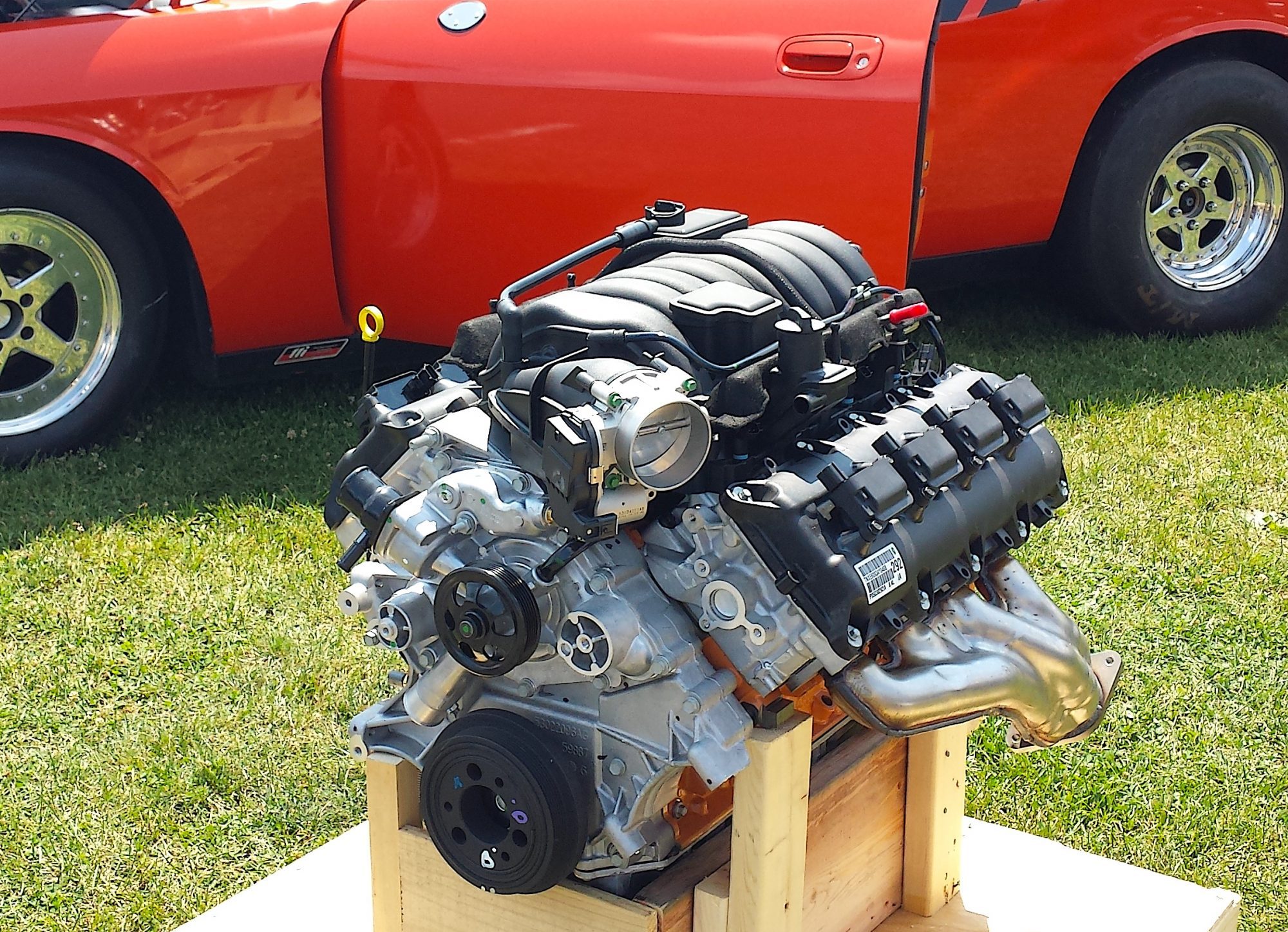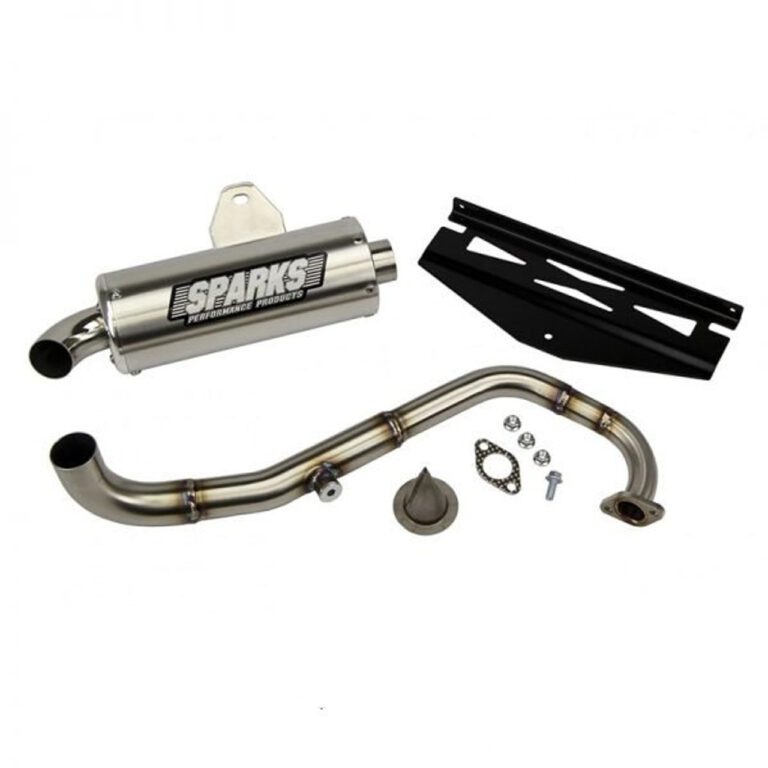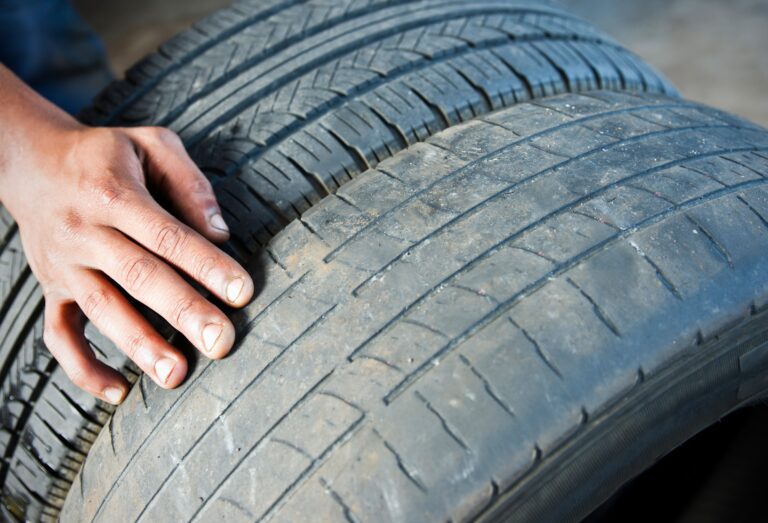What’s the Exhaust in a Car: A Deep Dive into the Engine’s Powerhouse
The exhaust in a car is the system responsible for expelling harmful gases produced during the combustion process. The exhaust system consists of components such as the exhaust manifold, catalytic converter, muffler, and tailpipe.
The exhaust system of a car is vital for maintaining the overall performance and efficiency of the vehicle. It plays a crucial role in removing harmful emissions, reducing noise levels, and improving fuel economy. The exhaust manifold collects and channels the exhaust gases from the engine cylinders into a single pipe.
The catalytic converter then reduces the toxicity of the emissions, converting them into less harmful compounds. The muffler helps reduce noise levels by dissipating the sound waves, and finally, the tailpipe releases the treated exhaust gases into the atmosphere. Understanding how the exhaust system works can help car owners identify any potential issues and ensure their vehicle runs smoothly.
Understanding The Exhaust System
The exhaust system is a crucial component of any car’s engine. It plays a significant role in the overall performance and efficiency of the vehicle. Understanding the components of the car’s exhaust system is essential to determine its impact on engine performance.
The main components of an exhaust system include the exhaust manifold, catalytic converter, muffler, and the tailpipe. The exhaust manifold collects the exhaust gases from the engine cylinders and channels them into a single pipe. The catalytic converter helps to reduce harmful emissions by converting them into less toxic compounds.
The muffler helps to reduce noise produced during the exhaust process, while the tailpipe releases the exhaust gases into the atmosphere.
Overall, the exhaust system plays a crucial role in maintaining engine performance by efficiently removing and treating exhaust gases. It ensures that the engine operates optimally and reduces environmental pollution.
How The Exhaust System Works
How the Exhaust System Works
An exhaust system plays a crucial role in the functioning of a car. It is responsible for efficiently removing the exhaust gases produced by the combustion process. The process of exhaust gas flow starts with the exhaust manifold. This component collects gases from each cylinder and directs them through the exhaust pipe. The exhaust then enters the catalytic converter, which is designed to reduce harmful emissions by catalyzing a chemical reaction.
| Exhaust System Components: | Functions: |
| Exhaust manifold | Collects exhaust gases from each cylinder |
| Exhaust pipe | Transfers gases from manifold to catalytic converter |
| Catalytic converter | Converts harmful emissions into less harmful substances |
| Muffler | Reduces noise produced by exhaust gases |
| Tailpipe | Discharges exhaust gases outside of the car |
The exhaust system is designed to ensure smooth and efficient flow of exhaust gases, while also minimizing noise and reducing harmful emissions. Regular maintenance and inspections are crucial to ensure proper functioning of the exhaust system and to prevent any potential issues.
Importance Of A Well-functioning Exhaust System
The exhaust system plays a crucial role in the overall performance of a car. A properly maintained exhaust system offers a myriad of benefits to both the vehicle and its occupants. First and foremost, it ensures the efficient operation of the engine. By effectively removing harmful gases and pollutants, the exhaust system helps maintain the optimal fuel-air ratio required for combustion. This, in turn, enhances fuel efficiency and reduces emissions.
Moreover, a well-functioning exhaust system contributes to a quieter and smoother driving experience. It effectively minimizes noise and vibrations produced by the engine. In addition, a properly functioning exhaust system helps prevent the accumulation of harmful pollutants, such as carbon monoxide, within the cabin, thus ensuring the safety and well-being of the occupants.
On the other hand, a faulty exhaust system can have detrimental effects on engine performance. Leaks or clogs in the system can lead to reduced power output, decreased fuel efficiency, and even engine damage. It is essential to address any issues with the exhaust system promptly to maintain the optimal functionality of the vehicle.

Credit: m.youtube.com
Factors Affecting Exhaust System Efficiency
Factors affecting exhaust system efficiency include the exhaust pipe diameter and length. The diameter of the exhaust pipe plays a crucial role in determining the flow rate of the exhaust gases. A larger pipe allows for better flow, reducing backpressure and improving engine performance. Additionally, the length of the exhaust system impacts the efficiency. Shorter exhaust systems minimize restrictions and improve gas flow, enhancing engine power and fuel efficiency.
Another important factor is the backpressure created by the exhaust system. While some backpressure is necessary to maintain engine performance, excessive backpressure can reduce power output. Backpressure occurs when exhaust gases face resistance in exiting the engine, usually due to a restrictive exhaust system. A well-designed exhaust system balances backpressure and flow to optimize engine performance.
In summary, the diameter and length of the exhaust pipe, as well as the impact of backpressure, directly affect the efficiency of the exhaust system. Careful consideration and design of these factors can lead to improved engine performance, fuel efficiency, and overall vehicle performance.
Common Exhaust System Issues And Solutions
Identifying Common Exhaust System Problems
Having a healthy exhaust system is crucial for the overall performance of your car. Over time, issues can arise that can impact its functionality. It is important to be able to identify common exhaust system problems to ensure prompt repair and maintenance.
One of the most common issues is a leaking exhaust. This can be caused by a damaged or corroded pipe, which can result in a noticeable increase in engine noise. Another common problem is a clogged catalytic converter, which can lead to reduced engine performance and poor fuel efficiency.
Furthermore, a faulty oxygen sensor can cause the check engine light to illuminate. This indicates that the sensor is not providing accurate readings, leading to potential issues with fuel-air mixture and emissions.
To maintain a healthy exhaust system, regular inspections and maintenance are essential. Regularly checking for leaks, cleaning the catalytic converter, and replacing faulty oxygen sensors can help prevent these common issues. Additionally, ensuring that the exhaust system is free from any blockages and maintaining the correct fuel-air mixture can further contribute to a well-functioning exhaust system.
Aftermarket Exhaust Systems
Understanding The Options For Upgrading The Exhaust System
Upgrading the exhaust system of your car can have a significant impact on both performance and aesthetics. There are several options available in the market to consider, each with its own set of benefits and drawbacks.
One popular choice is aftermarket exhaust systems. These systems are designed to replace the stock exhaust system of your car, offering improved performance and a deeper, more aggressive sound. Aftermarket exhaust systems are crafted from high-quality materials such as stainless steel or titanium, making them more durable than their stock counterparts. They are also designed to enhance the flow of exhaust gases, which can result in a slight increase in horsepower.
However, it is important to note that aftermarket exhaust systems may not be legal in all regions. Some modifications may not comply with local emission standards, potentially leading to fines or even vehicle impoundment. Additionally, aftermarket exhaust systems can be expensive, especially those from renowned brands.
Before upgrading your exhaust system, it is crucial to research and understand local regulations. Consider your budget and the specific needs of your vehicle to determine the right aftermarket exhaust system for you.
Environmental Impact Of Vehicle Emissions
The exhaust system in a car plays a crucial role in reducing harmful emissions and minimizing the environmental impact caused by vehicle emissions. It is a vital component of the emission control system, which is designed to reduce the release of pollutants into the atmosphere.
The exhaust system consists of several parts, including the exhaust manifold, catalytic converter, muffler, and tailpipe. Each of these components has a specific function in treating the exhaust gases before they are released into the air.
The exhaust manifold collects the exhaust gases from the engine cylinders and directs them towards the catalytic converter. The catalytic converter then converts harmful pollutants, such as carbon monoxide and nitrogen oxides, into less harmful substances through a series of chemical reactions.
Once the gases have passed through the catalytic converter, they move into the muffler, which helps to reduce noise levels. Finally, the treated exhaust gases exit the vehicle through the tailpipe.
By effectively treating the exhaust gases and reducing harmful emissions, the exhaust system plays a significant role in preserving the environment and improving air quality. Regular maintenance and periodic inspections of the exhaust system are essential to ensure its proper functioning and minimize the environmental impact of vehicle emissions.
Frequently Asked Questions Of What’s The Exhaust In A Car
What Does The Exhaust Do In A Car?
The exhaust in a car releases harmful gases from the engine, helping to keep the engine clean and prevent damage. It also reduces noise, improves fuel efficiency, and controls emissions for a safer and environmentally friendly driving experience.
What Part Of The Car Is The Exhaust?
The exhaust of a car is the part responsible for emitting gases produced during the combustion process. It consists of a series of pipes and components that collect and direct these gases away from the engine and out of the vehicle through the tailpipe.
What Happens When Your Exhaust Is Bad?
A bad exhaust can cause poor performance, increased emissions, and noise. It may also lead to decreased fuel efficiency and potential damage to the engine and other components. Regular maintenance and repair can help prevent these issues and ensure proper functioning of your vehicle’s exhaust system.
What Does Exhaust Smell Like?
Exhaust smells like a combination of burnt fuel and chemicals. It can vary depending on the type of vehicle and the condition of the engine. It might have a strong, distinct odor that is often described as a mix of gasoline and sulfur.
Conclusion
The exhaust system plays a vital role in a car, helping to direct harmful gases away from the engine and reducing noise levels. It consists of various components such as the exhaust manifold, catalytic converter, and muffler. Regular maintenance and inspections are crucial to ensure its proper functioning.
By understanding how the exhaust system works, car owners can make informed decisions to keep their vehicles running efficiently and safely. So, take care of your car’s exhaust system, and enjoy a smooth and enjoyable ride.







